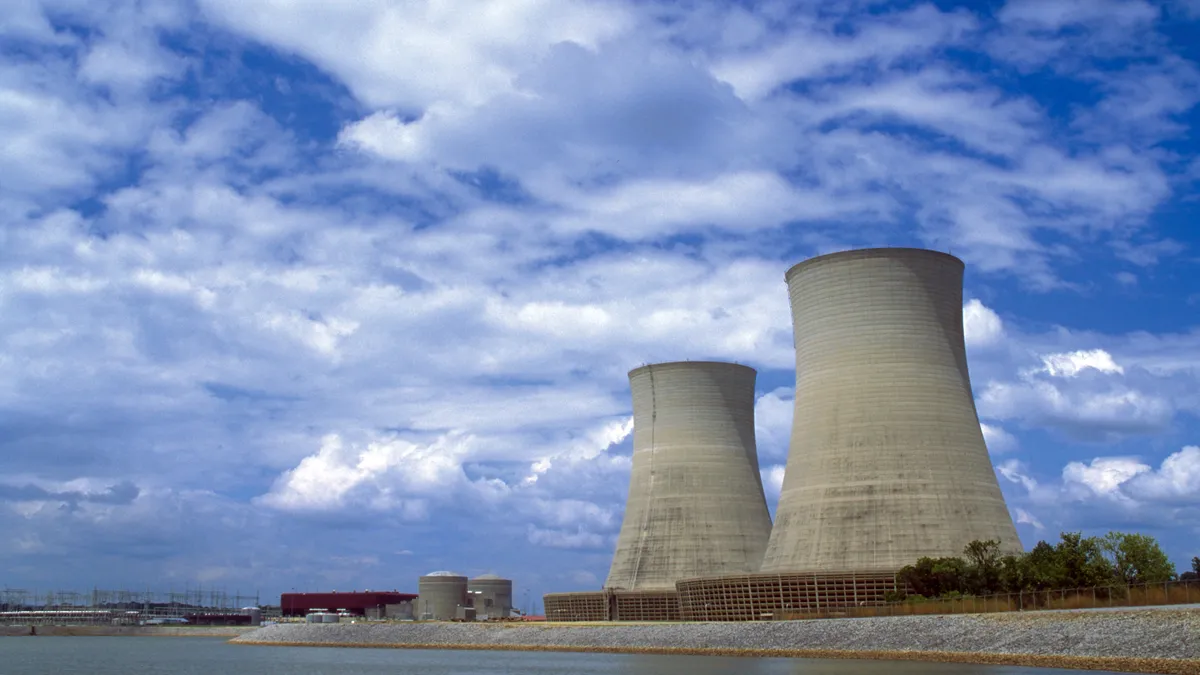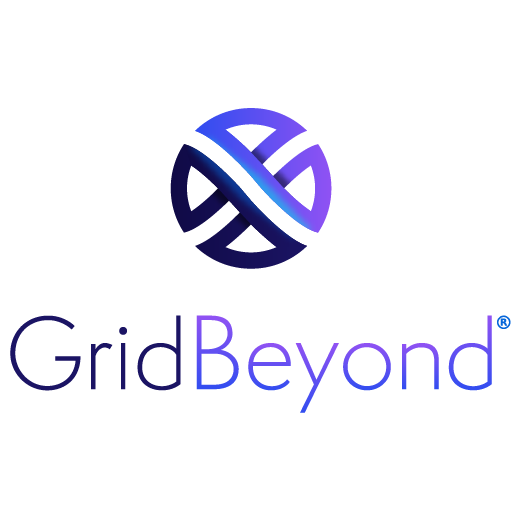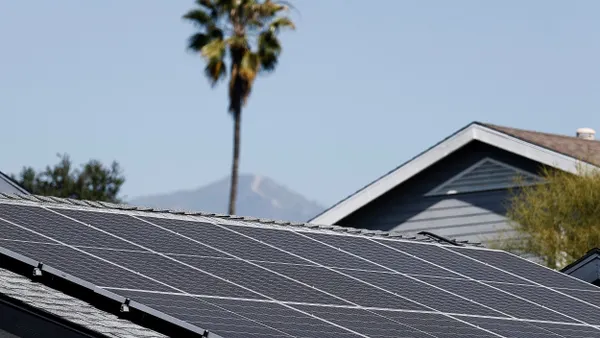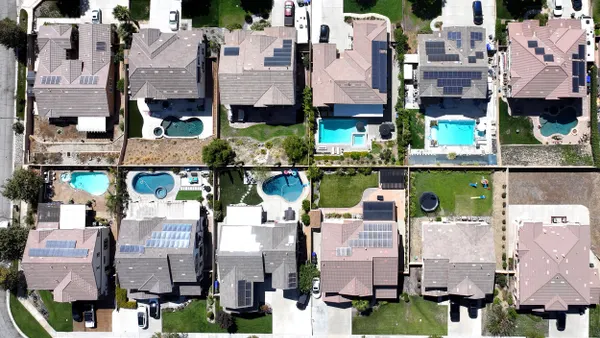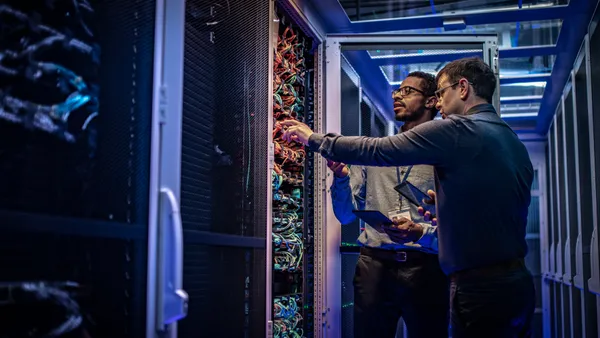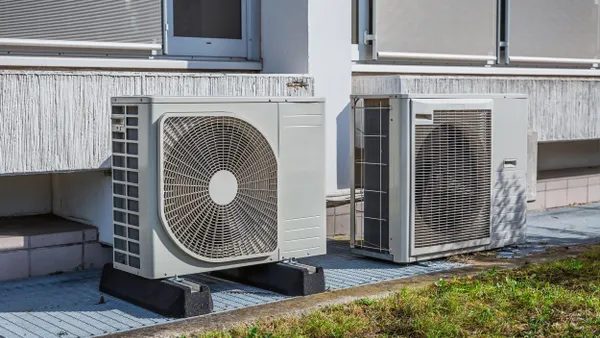Dive Brief:
- An EVgo electric vehicle charging station in Union City, Calif., is now using second-life BMW i3 batteries to reduce its reliance on the electric grid during times of peak demand.
- The company has already tested the technology in a pilot program at University of California San Diego (UCSD) and says the commercial installation is a first for second-life batteries at a public DC fast charging station.
- Batteries paired with charging stations may be a key component to reducing demand charges — which are not well-aligned with the stations' sporadic, intense demand. At the same time, as electric vehicles gain market share, their batteries will need to be replaced, creating a steady flow of stationary storage supply.
Dive Insight:
Batteries that can no longer be used in electric vehicles can still have another eight to 10 years of life remaining, EVgo strategic advisor Terry O’Day told Utility Dive last year. The same output needed to generate a car's horsepower isn't necessary for stationary storage.
"We believe there will be a lot of second-life batteries [available] in the marketplace in the coming years," O'Day said. "When they're done being used for cars, that doesn't mean they are now useless batteries."
The company has more than 1,000 chargers in its network, and now one of them is utilizing second-life batteries. EVGo's successful integration will be closely watched due to the potential volume of used EV batteries coming onto the market.
The Union City site began operating earlier this summer with a pair of 50 kW DC fast chargers. The second-life storage integrates two BMW i3 battery packs into a single housing, the company said. Each used battery pack has a capacity of 22 kWh and when combined with a 30 kW inverter offers a 30 kW/44 kWh energy storage system capable of demand charge management.
Both the UCSD and Union City deployment are part of the first of three technology demonstration projects where EVgo is collaborating with the California Public Utilities Commission. There are also vehicle-to-grid technology and high power electric vehicle charging demos in the works.






